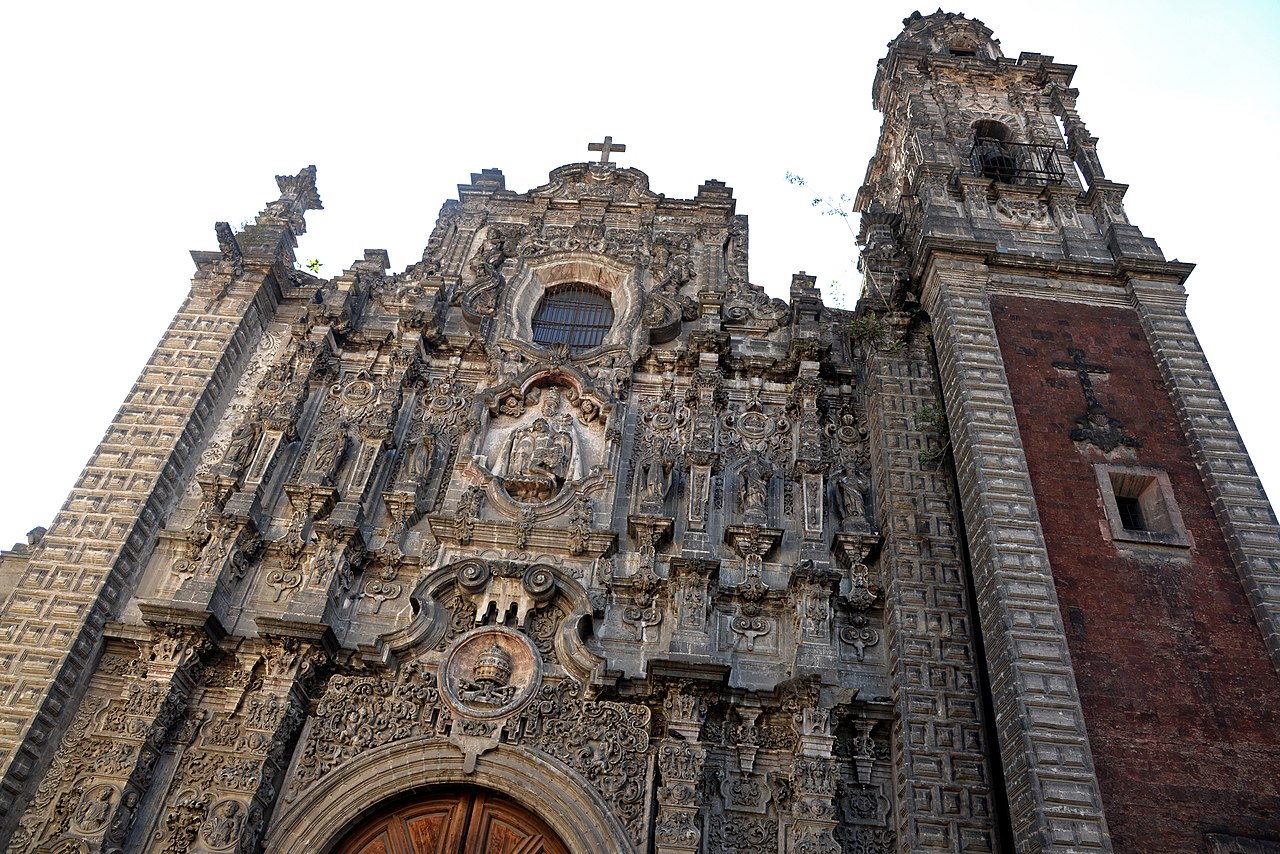

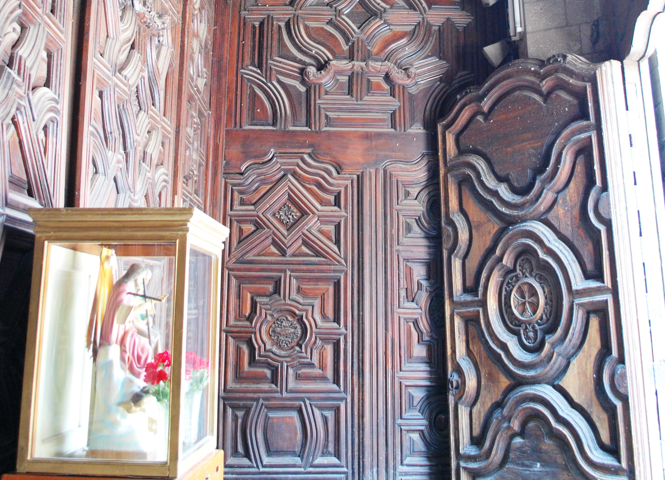

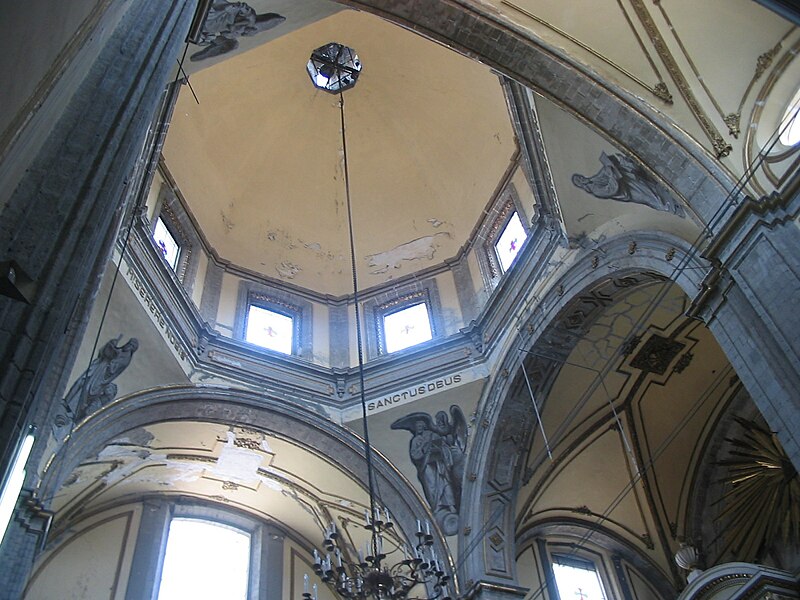
La Santisima Trinidad Temple, Temple of the Most Holy Trinity, is usually referred to today simply as “La Santisima.” It’s an iconic church in the middle of some of the oldest, noisiest areas in the Centro Histórico. Grandiose and magnificent, it’s good place for a break from the urban chaos. The churrigueresque façade is breathtaking. Said to have been a favorite of the Empress Carlota in the 1860s, that’s not just for the architecture but for the details and ornamentation of the façade that continues well inside.
The history of the temple goes way back to 1526. The site is said to have contained a small hermitage or chapel sponsored by an early tailor’s guild. It was used to celebrate religious holidays and to receive young aspiring tailors.
In 1569, after a rebuilding, a group of nuns of the Order of Santa Clara occupied the chapel and stayed there for some ten years. When the nuns finally left, it was recovered by the tailor’s guild now collaborating with the monks from the Brotherhood of San Pedro.
Next to this smaller existing chapel, they began building a hospital-hospice to shelter the destitute. Construction started in 1580. This church, though, was not consecrated until 1667. During the last decades of the 17th century through to today, that very temple has gone multiple renovations and rebuilding processes. A lot of them have been due to the always sinking and subsiding city.
In the 19th century alone, the temple sank some three meters. A group of architects again began excavations and reconstruction in 1924. And the temple was fully unearthed in the 1980s and again restored to the building that can be appreciated today.
The Santisima Trinidad Temple is again remarkable. Perhaps most impressive is the hard gray stone entryway, flanked by its two pillars. 12 medallions done in relief represent the apostles. Among the columns are ten sculptures, five of which represent bishops, four represent popes, and one represents a priest. Everything is so detailed that you can spend a lot of time pondering its many elements and particularities.
The Temple of the Most Holy Trinity is very near the La Merced neighborhood. One of the most traditional and representative parts of the center city, today it’s most famous for the gigantic and always fascinating Merced Market.
Hours: Open daily, 8 a.m. to 8 p.m.
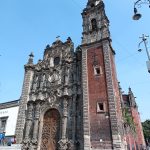 The Congregation of Secular Priests of San Pedro, together with the brotherhood of Tailors built the temple and hospital of the Holy Trinity. The temple is one of the most beautiful examples of the Styptic Baroque in the capital. The main façade, the lateral façade, the bell tower and the niche with the stampa have pilasters known as stípites, showing its era (1755-1783). The architect was Ildefonso de Iniesta Bejarano. The priests built the hospital so that secular priests of the archbishopric could convalesce with dignity.
Of the rich interior, only a few sculptures and paintings remain. These are scattered throughout the enormous nave. The hospital façade is still standing in a characteristic NeoClassical style. Visitors can enjoy the view with the bell tower topped with the papal tiara.
The Congregation of Secular Priests of San Pedro, together with the brotherhood of Tailors built the temple and hospital of the Holy Trinity. The temple is one of the most beautiful examples of the Styptic Baroque in the capital. The main façade, the lateral façade, the bell tower and the niche with the stampa have pilasters known as stípites, showing its era (1755-1783). The architect was Ildefonso de Iniesta Bejarano. The priests built the hospital so that secular priests of the archbishopric could convalesce with dignity.
Of the rich interior, only a few sculptures and paintings remain. These are scattered throughout the enormous nave. The hospital façade is still standing in a characteristic NeoClassical style. Visitors can enjoy the view with the bell tower topped with the papal tiara.
Heart of México Walking Route: Moneda - Santísima
< < Academia de San Carlos | Ruta Antigua > >
Proyecto “Corredor de Cultura Digital”.
Nombre de la investigación: Investigación Centro Histórico, Monumentos, Edificios y Puntos de Interés (2023)
Dirección de investigación y diseño de Rutas: Acércate al Centro A.C. Guadalupe Gómez Collada
Coordinación e investigación histórica: Fideicomiso del Centro histórico Dir. Maestra Loredana Montes
 55 5522 2215
55 5522 2215
 https://www.facebook.com/pages/Iglesia-de-la-Sant%C3%ADsima-Trinidad/109196749499742
https://www.facebook.com/pages/Iglesia-de-la-Sant%C3%ADsima-Trinidad/109196749499742
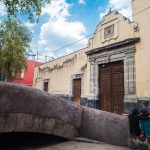
Nearest at 0.17 kms.
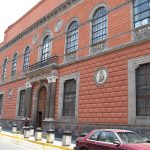
Nearest at 0.19 kms.
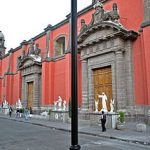
Nearest at 0.21 kms.
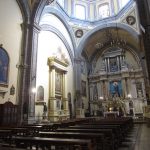
The first target of the counter-reformational Academy of Art . . .
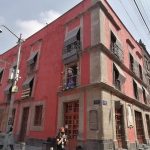
One of the Center City's most important cultural centers with a small fascinating museum...

The first Academy and Museum of Fine Arts in the Americas...
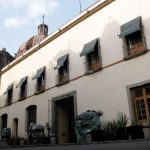
The former Santa Inés Church & Convent provides some lively competition on a City Center street.
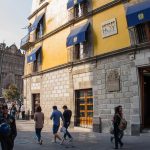
A museum dedicated to one of the oldest institutions in the hemisphere and its long role in Mexico City.